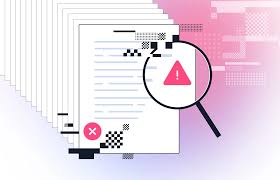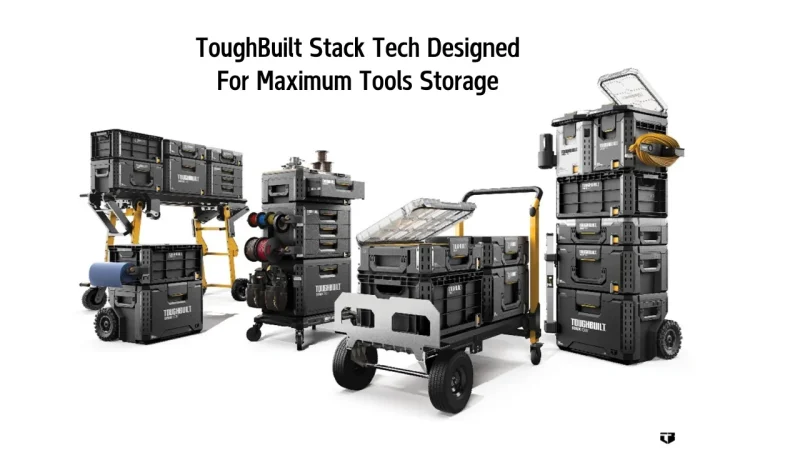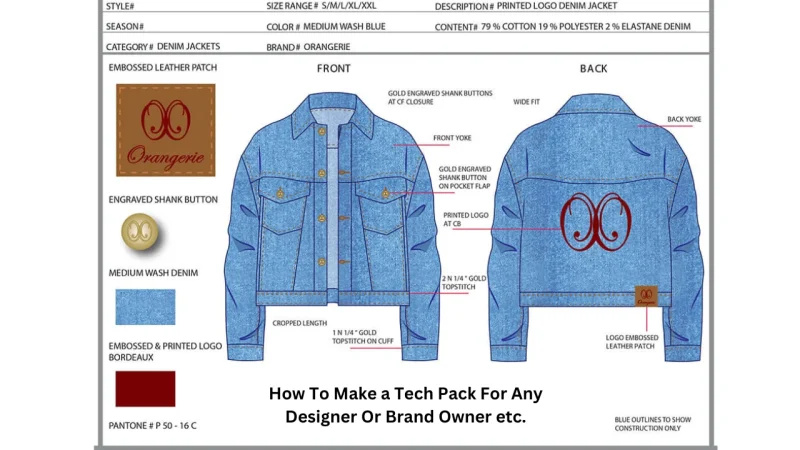What is a Confined Space Inspection?
In Australia, workplace safety is of paramount importance, and one critical aspect of ensuring a safe working environment is conducting confined space inspections. A confined space inspection is a systematic examination of areas within a workplace that meet specific criteria, such as limited entry and exit points, poor ventilation, and potential hazards. This inspection aims to identify and mitigate risks associated with working in confined spaces, protecting the health and well-being of workers.
So, what does a confined space inspection entail? Performed by companies like Workplace Access & Safety, it involves a comprehensive assessment of the physical characteristics, potential hazards, and safety measures within confined spaces. Trained inspectors, equipped with specialized knowledge and tools, meticulously examine various aspects, including the size and layout of the space, the presence of harmful substances, air quality, lighting, emergency procedures, and communication systems.
During the inspection, inspectors pay particular attention to potential hazards that could endanger workers’ lives. These hazards can range from toxic gases, flammable materials, and inadequate oxygen levels to physical obstructions, unstable structures, and limited access points. By identifying these risks, inspectors can recommend appropriate control measures to eliminate or minimize them. Such measures might include implementing proper ventilation systems, providing personal protective equipment, installing warning signs, or establishing emergency evacuation procedures.
The benefits of confined space inspections are numerous. First and foremost, they prevent accidents and injuries. Confined spaces can pose significant risks due to their challenging nature and the potential for hidden dangers. By proactively inspecting and identifying hazards, employers can take appropriate steps to control risks, reducing the likelihood of accidents and injuries. This not only protects workers’ lives but also minimizes the financial and reputational impact on businesses.
Moreover, confined space inspections help ensure compliance with legal and regulatory requirements. In Australia, there are strict workplace safety laws and regulations that govern confined space work. By conducting inspections, businesses can demonstrate their commitment to maintaining a safe and healthy work environment, which is essential for complying with legal obligations. Failure to comply with these regulations can result in severe penalties, legal consequences, and damage to a company’s reputation.
Another advantage of confined space inspections is improved efficiency and productivity. When potential hazards are identified and addressed, workers can perform their tasks with peace of mind, knowing that their safety is a top priority. This increased confidence can boost productivity and morale, leading to a more efficient work environment. Additionally, by proactively addressing risks, businesses can avoid disruptions caused by accidents or emergency situations, ensuring continuity in operations.
Lastly, confined space inspections promote a culture of safety within organizations. By regularly conducting inspections and addressing any identified issues, employers send a clear message to their workforce that safety is paramount. This emphasis on safety encourages employees to be more vigilant and responsible, taking proactive measures to protect themselves and their colleagues. It fosters a collaborative environment where everyone is committed to maintaining a safe workplace.
To conclude, confined space inspections are a vital aspect of workplace safety in Australia. They involve a thorough examination of confined spaces to identify and mitigate potential hazards. These inspections not only prevent accidents and injuries but also ensure legal compliance, improve efficiency, and foster a culture of safety. By investing in regular confined space inspections, businesses can create a secure work environment that prioritizes the well-being of their workers.






